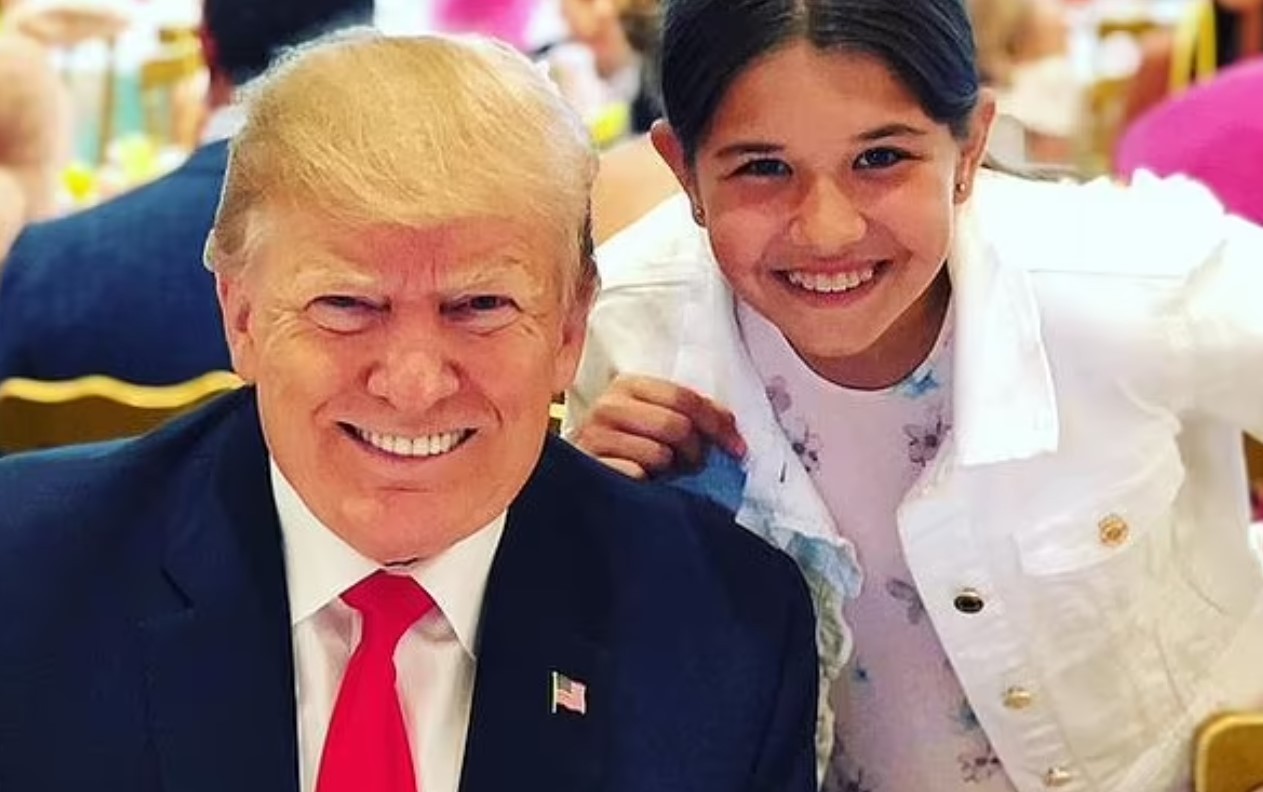10 Best Performing Education Systems In The World and Why
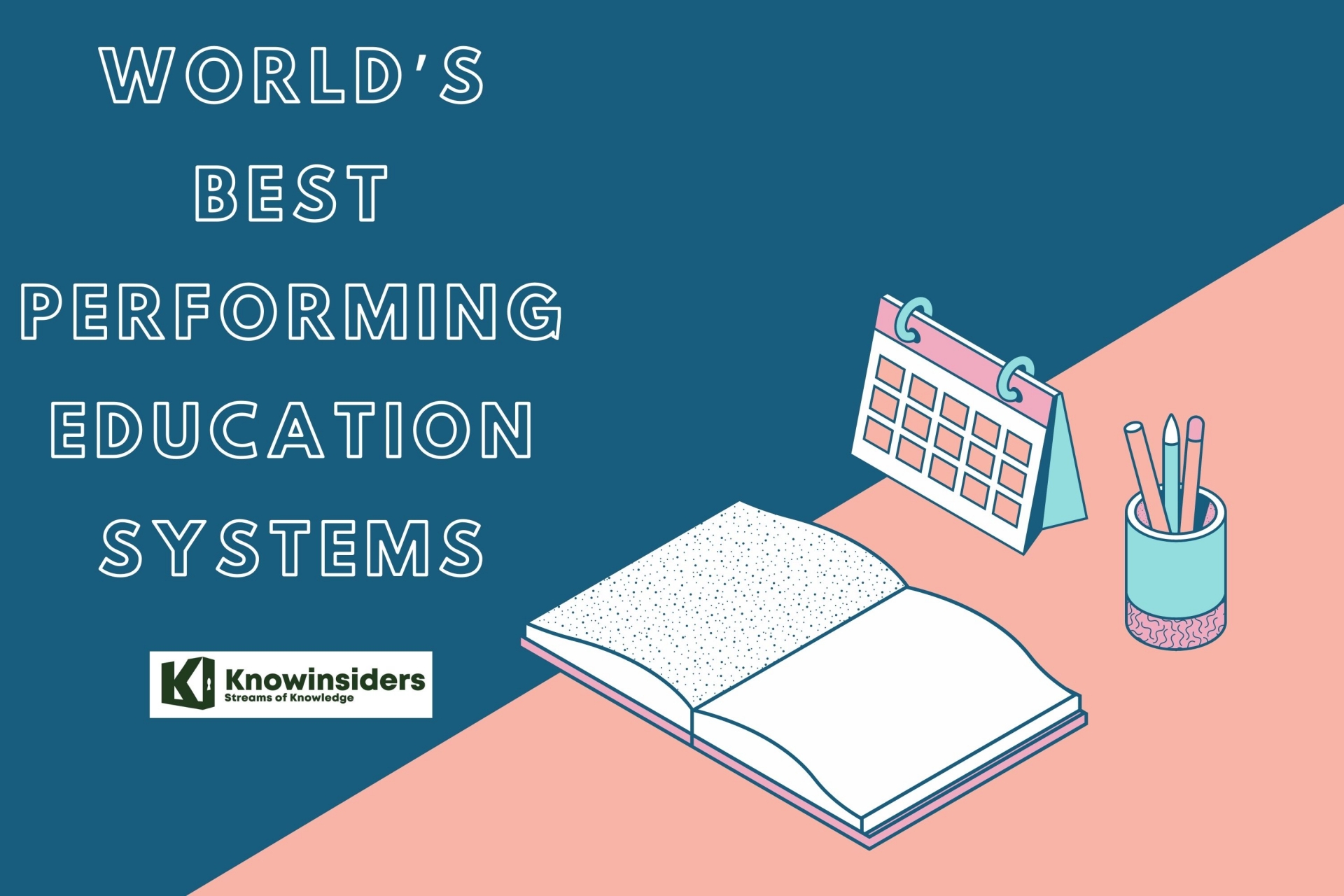 |
| Education System. Photo: KnowInsiders |
Education helps an individual to grab a basic understanding of civilization and their role as a civilian. But as the geographical region differ, the education system in different countries differs.
The Best Countries for Education are ranked based on achievement in all three tested subjects by NCEE.
List of Top 10 Best Performing Education Systems in the World
1. Canada
2. China
3. Estonia
4. Finland
5. Hong Kong
6. Japan
7. Poland
8. Singapore
9. South Korea
10. Taiwan
Source: NCEE (The National Center on Education and the Economy)
About NCEEThe National Centre for Entrepreneurship in Education (NCEE) supports higher education to build its entrepreneurial future. NCEE supports organisations to develop their entrepreneurial capacity – providing a range of services to universities, and their senior leadership and practitioners – to ensure UK higher education remains at the forefront of enterprise and entrepreneurship. NCEE believes innovative and inspiring activities led by enterprising staff create graduates equipped for an ever-changing world. Established by the UK Government in 2004 to improve enterprise and entrepreneurship in higher education. NCEE is now run and funded by the sector to support the sector. Programmes include the long-standing Entrepreneurial Leaders programme, which has been running for over 10 years, and supports education leaders to become more creative, innovative and agile. NCEE is at the forefront of developing and supporting entrepreneurial and innovative universities. We produce articles and thought pieces alongside national reports and policy papers on enterprise and entrepreneurial leadership within higher education, building a picture of practice and policy. Alongside this we benchmark institutions and assess their entrepreneurial capacity as part of our Entrepreneurial University framework. We also award best practice through the UK’s Times Higher Outstanding Entrepreneurial University Award every year. NCEE has a global reach. It has a base in China, and has engaged in programmes across Africa, Middle East and South East Asia (including Malaysia’s Entrepreneurial University if the Year). |
Which country has the best performance in education in the world?
1. Canada
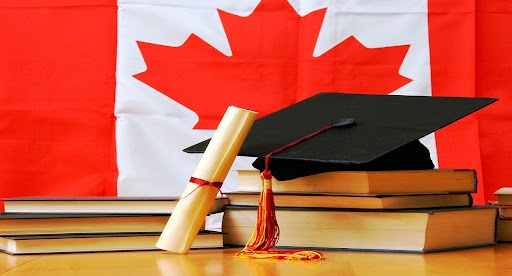 |
| Photo: Du học Ocean |
It is known for its natural beauty and cultural diversity. Moreover, 26 Canadian universities appeared in the Times Higher Education’s World University Rankings 2018 and the QS World University Rankings 2019 out of which 3 are included in the global top 50.
Additionally, 11 more universities are included in the world’ top 300. The most popular study destinations for international students are Ontario, British Columbia, and Quebec.
There are different types of education providers in Canada:
* Universities: They focuses on research and provide both undergraduate and postgraduate degrees.
* Community colleges and technical, applied arts or applied science schools: They offer diplomas, certificates, bachelor’s degrees, and associate’s degrees.
The easy application process, affordable study options, and great post-study opportunities make it the preferred destination for international students. It is preferred by those who are looking for alternatives after strict US immigration laws. According to an International Student Survey conducted by the Canadian Bureau for International Education, 95 percent of students recommend Canada as a study destination and 90 percent of students were satisfied with their studies. In 2014, Canada spent 6.0% of its GDP on education, higher than the average of 5.2% in comparison to the OECD countries.
Canadian universities are acknowledged for their impactful research work and producing some of the greatest academicians. The University of Toronto has produced 10 Nobel laureates and 5 Canadian Prime Ministers. Additionally, 7 Noble Prize winners and 65 Olympic medalists are associated with the University of British Columbia (UBC).
2. China
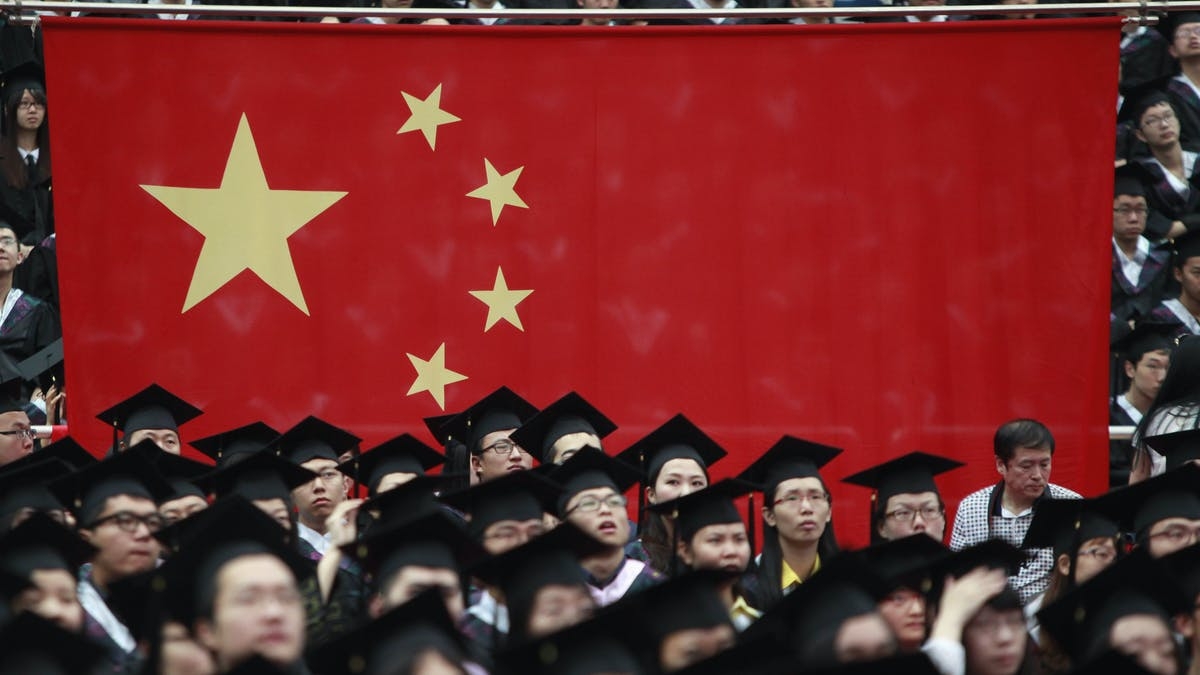 |
| Photo: The Conversation |
China is one of the most progressive countries in terms of economic and business development, with an education system that offers children many opportunities to thrive in the future. The Chinese school system is often perceived as a breeding ground for highly educated future professionals.
However, while schools in major metropolises seem to offer great quality education, schools in rural areas aren’t as developed. They are often terribly understaffed, and the student’s opportunities and the educational environment are radically different from that in the big cities.
Another good insight into what the schools are like in China is the infamous National Exam. The pressure is so high, many students burn out, and stories of depression and suicide are not unheard of. Therefore, you should make sure that the Chinese school system is the right choice for your child.
3. Estonia
 |
| Photo: hm.ee |
Estonia emerged as a top performer on PISA 2012, ranking in the top tier in science and close to the top in reading and mathematics among all participating countries and regions. By 2018, Estonia had become a top performer globally in all three subjects and the highest performer in Europe. In addition, Estonian performance is relatively equitable with respect to socioeconomic background. Among OECD nations, Estonia has the highest percentage of resilient students, defined as those in the lowest quartile of socioeconomic status who perform in the highest quartile on PISA within their own country. The share of low-performing Estonian students in reading on PISA 2018 was less than half the OECD average.
In 2014, Estonia adopted the Lifelong Learning Strategy 2020 to guide education reforms for preschool, primary and secondary education, higher education, and adult learning. The strategy called for a focus on the acquisition of learning skills and creativity; developing competent and motivated teachers and school leaders; creating lifelong learning opportunities matched to the needs of the labor market; and ensuring a digital focus and equal opportunities to participate in lifelong learning. A new education strategy for 2021-2035 has been adopted to guide the next period and is part of a larger national plan known as Estonia 2035: A Smart and Active Estonia plan which focuses on broad goals of citizen health, preparedness for change ,and fostering a positive relationship with the environment.
Estonia’s education system still faces challenges. As its teaching force ages, the country is struggling to recruit new teachers. Teacher salaries have risen in recent years, but they still lag behind those of other professionals in Estonia. Estonia also faces an achievement gap between its Estonian-language and Russian-language speaking students. About 14 percent of basic schools, which provide primary and lower secondary education in Estonia, use Russian as the language of instruction, and these students perform below their Estonian-speaking peers on PISA and national examinations. More than a quarter of households in Estonia are Russian-speaking.
4. Finland
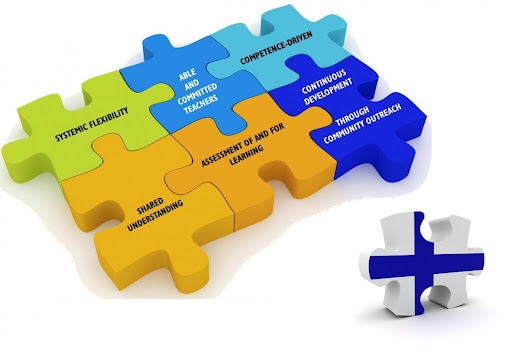 |
| Photo: THEAsiaN |
Finland’s early education system is laid around the concept of learning through play. Until the age of 6, students aren’t required to attend schools.
They provide basic education when the child turns 7. For the next nine years, they follow a single structure education. They take special steps to revise and revamp their curriculum to meet the needs of each individual.
The Finnish National Agency for Education promotes self-evaluation for both teachers and schools to help them improve them. Also, Finland does not incorporate national standardized testing but they do evaluations for testing learning outcomes. One of the other striking features is the free meals.
The upper secondary education is split into two- General and Vocational.
In general education, students have all the freedom to choose their study schedules and in the end, they need to attend a matriculation exam. And these scores are counted for their college applications.
Vocational education is job focused whereas school learning and apprenticeships go hand in hand. Students achieve competence-based qualifications after this.
Higher secondary education is also completely free. Students need to pay only for their books, transportation, and other school supplies.
The colleges of Finland are divided into two- Universities and Universities of applied sciences.
The Universities in Finland, focus on applied sciences, whereas, the Universities of applied sciences stress on practical applications.
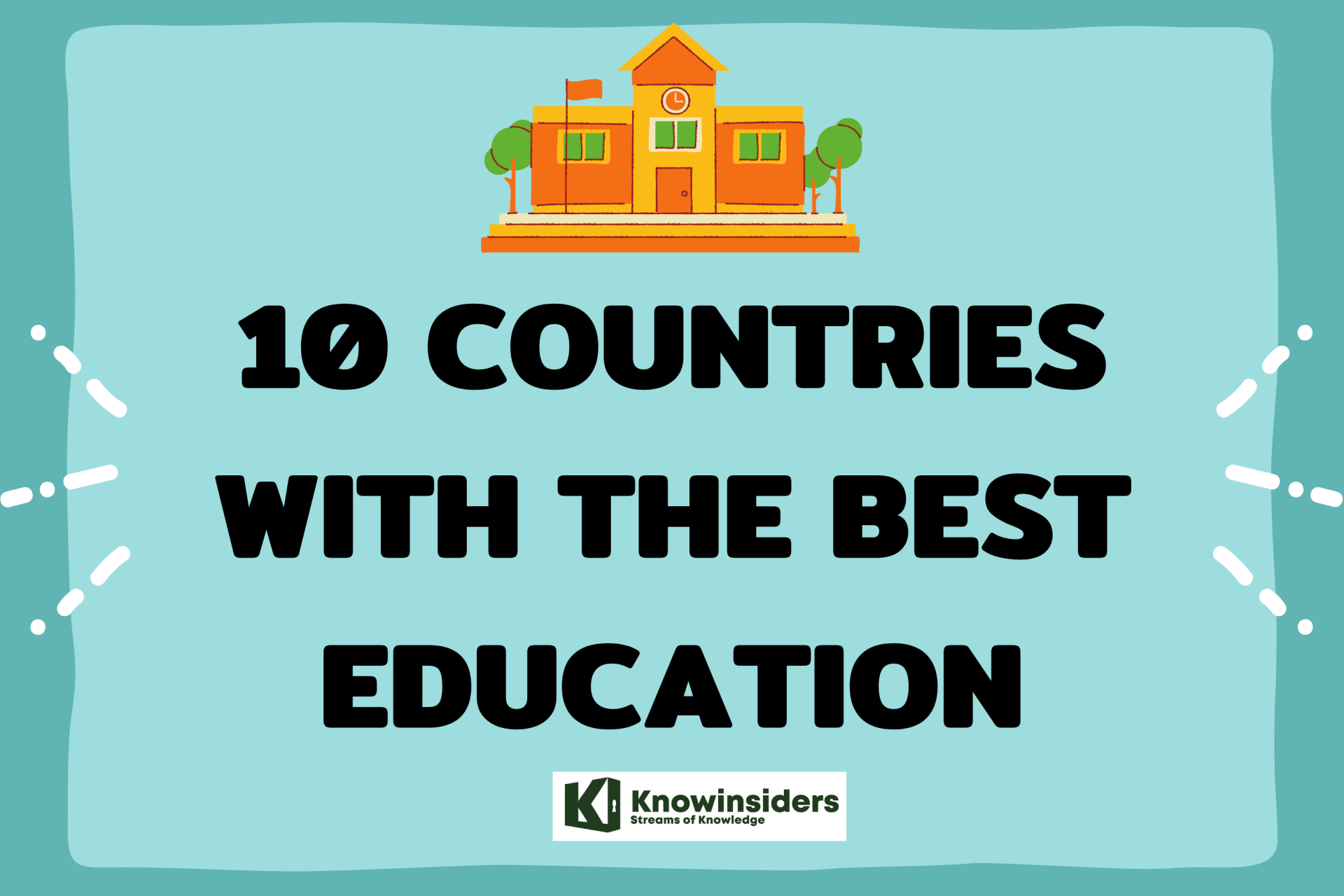 10 Countries With The Best Education In The World And Why 10 Countries With The Best Education In The World And Why Which countries have the best education system and Why do these countries have the best education systems? |
5. Hong Kong
 |
| Photo: Bauhinia Foundation Research Centre 智經研究中心 |
The ranking of Hong Kong in the educational sector has impressively improved in the last few years. Notably, it managed to improve its ranking from 14th to 10th position among the best education system in the world.
Though private school studies are considered expensive in Hong Kong, there is no difference between the quality of educational standards between both private and public schools. But the only difference that you will notice between private and public schooling in Hong Kong is only about the culture.
In private schools, you would see more pressure-free studies with western cultures but the public schools follow some cultural norms similar to China. On the other hand, if we talk about the significant indicator that enlisted Hong Kong among the ranks of the best educational system is the increment in the ratio of the primary kids’ registration. Yes, the enrollment of primary students massively increased in Hong Kong and parents want to provide the best education to their kids.
6. Japan
 |
| Photo: ICEF Monitor |
Japan always performed an outstanding manner in the educational sectors. That’s why it is continuing the second position in the project of ‘World Top 20 Educational Poll’ for the last 3 years. Many reasons make Japan’s educational system such strong. First of all, Japan makes all of its curricula at the national level where you don’t see any discrimination in education. Secondly, primary education from the age of 6 to 15 is almost free in Japan. Usually, people get an education till the age of 18.
Moreover, the educational constitution of the country is very decisive, and you wouldn’t find any significant flaws in it. Yes, strong educational legislations and national level curriculum by keeping the social and cultural norms is considered enough to get good results from the educational sector. So, due to the power ranking score of 104, we are giving it second position here.
7. Poland
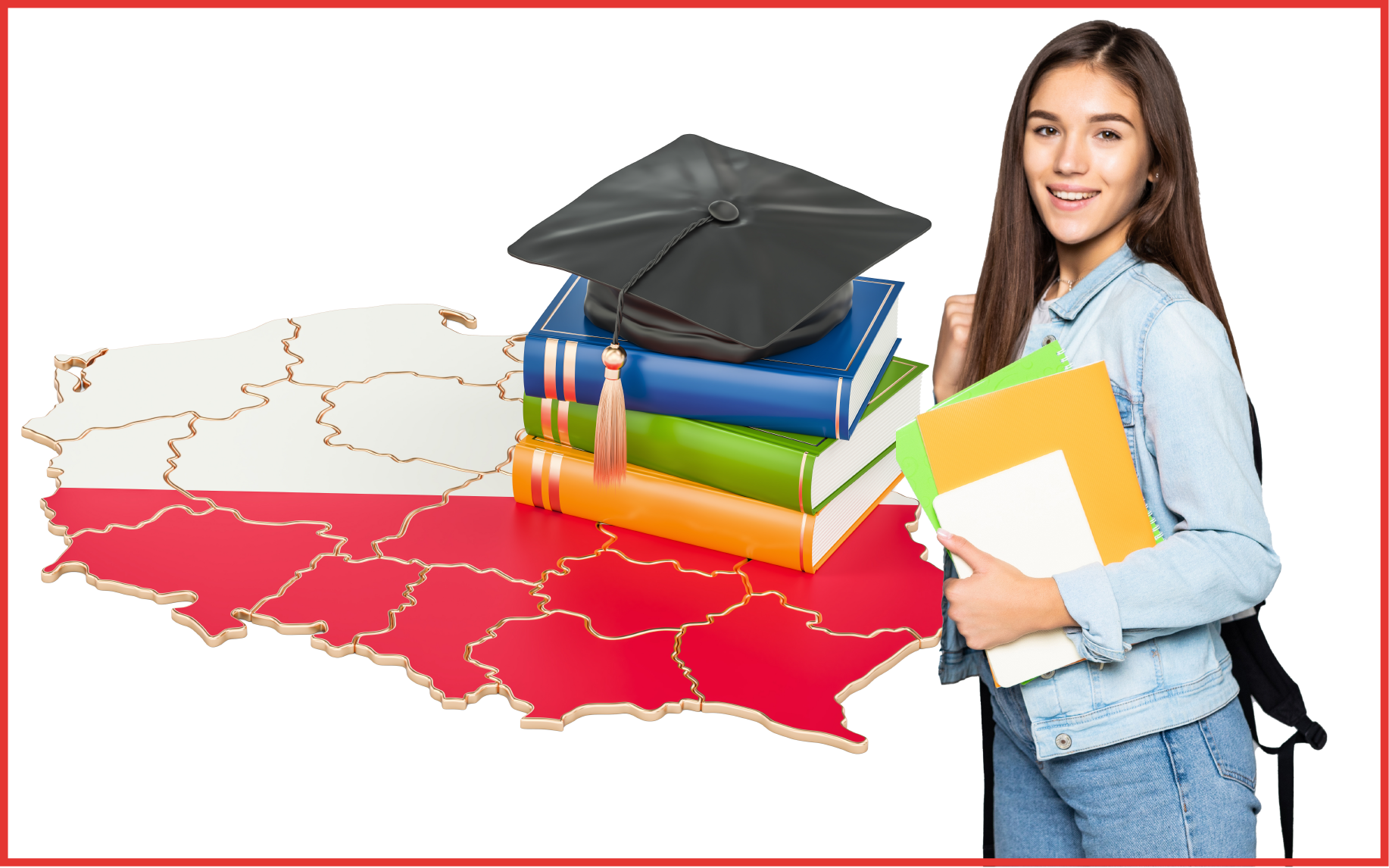 |
| Photo: Leverage Edu |
Education in Poland is in the midst of a radical transformation. Middle schools—previously the second stage of a three-tier, 6+3+3, school system—have been phased out. The length of the remaining two stages, elementary and secondary, have been extended, from six to eight and from three to four years, respectively. Reforms to vocational and tertiary education are also underway.
While these structural changes triggered an immediate flurry of protests from Polish students and teachers—who questioned, among other things, why an education system widely viewed internationally as a undisputed success needs to be reformed in the first place—as of publication, their status is more or less guaranteed. The major changes to the structure of the school system—first rolled out in 2017, just 10 months after the respective legislation was passed—are on schedule for full implementation by 2022.
Since the victory of the PiS in the 2015 elections, reforms have moved in the opposition direction, with changes to the elementary and secondary curricula highlighting the heroic achievements of Poland’s past and minimizing topics at odds with PiS ideology. At the higher education level, reforms introduced in 2018 changed the composition of university councils in a way that critics contend will increase the ability of politicians to interfere in university affairs.
Other changes have been more politically mundane. Besides the reintroduction of an 8+4 model at the elementary and secondary level, they have brought vocational education into closer alignment with the country’s formal education system and the needs of employers. Other reforms have revised the national standards for doctoral programs and the institutions that offer them.
 Day of Education: Theme, History, Significance and Celebration Day of Education: Theme, History, Significance and Celebration International Day of Education: Year's theme for International Education Day is "Recover and Revitalize Education for the COVID-19 Generation." |
8. Singapore
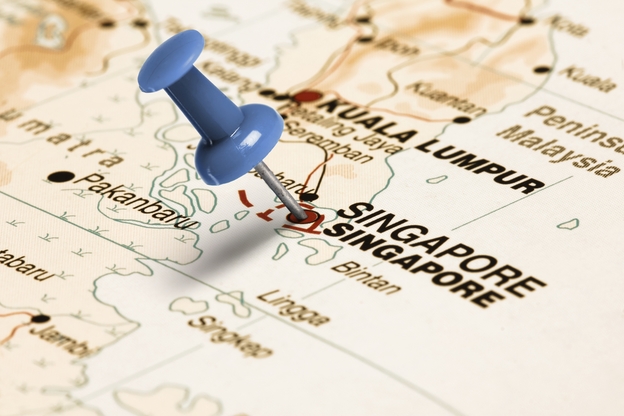 |
| Photo: GLOBAL STUDY |
Singapore has the top overall student achievement in math, science, and language arts. Unless Singapore’s children are born significantly smarter than American children (which they are not), they must be doing something dramatically different in preparing their teachers. As Chairman of the American Center for Transforming Education, I traveled to Singapore to study their teacher preparation program, managed by the Ministry of Education (MOE) and implemented by the National Institute of Education (NIE). The trip was enlightening.
The system in Singapore presents a significant contrast. The NIE, the entity established to prepare teachers, principals, and superintendents for their school system, has established a stringent process for educators’ selection and training. Only one in twelve candidates who apply to become teachers becomes one.
The most common path is first to earn a Bachelor’s degree from a recognized university. To qualify for consideration, the college graduate must have graduated in the top third of his or her class. Candidates wanting to teach in a secondary school must have majored in the subject they wish to teach. Elementary school teaching candidates must have majored in either English, math, or a foreign language.
9. South Korea
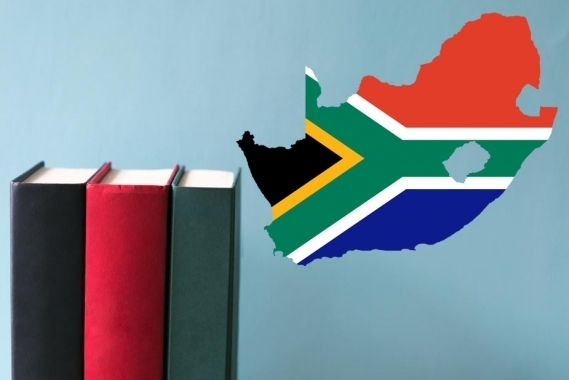 |
| Photo: School directory | South Africa |
In the last few years, South Koreans performed outstandingly in different sectors of entertainment and business, and yes, its educational system played a decisive role in it. With a ranking score of 101, South Korea got the third position in the world’s best educational systems. Getting primary and secondary education in South Korea is compulsory, and if you go to public schools, you would definitely get free of cost education.
On the other hand, South Korean society also pays great attention to the education of their kids. Either kid belongs to poor or wealthy families; it’s the priority of Korean parents to provide them with a good education. Due to the presence of US military bases in South Korea, many international educational institutes are also present in South Korea where most foreigners study in English.
10. Taiwan
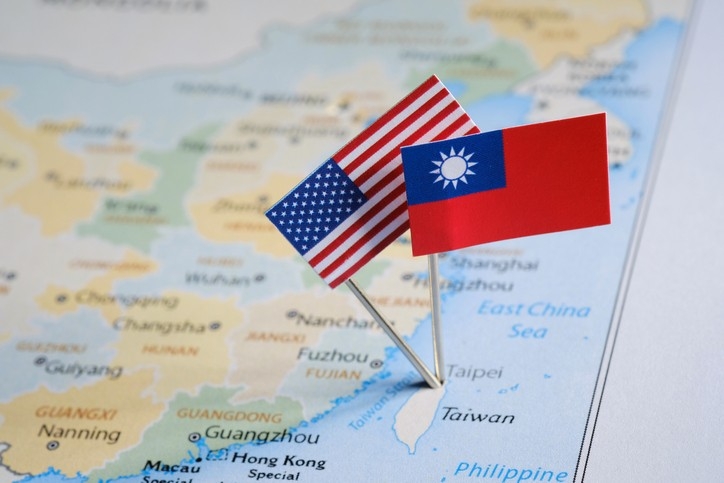 |
| Photo: Taiwan News |
Taiwan is one of the top-performing countries in the world when we talk about the education system. There is a great variety of courses offered by the universities in Taiwan, and the degree courses are taught bi-lingually or completely in English. The government also offers a series of scholarships to foreign students.
The Ministry of Education (MoE) is responsible for setting and maintaining education policies and managing public institutions of education throughout Taiwan. The education system comprises:
Basic education:
* Elementary education (six years)
* Junior high school education (three years)
* Senior secondary education (three years of either senior vocational schools or senior high schools)
* Higher education institutions, including colleges, universities, institutes of technology, and graduate schools and postgraduate programs
The official language of instruction is Mandarin Chinese, and the academic year runs from September to June. The literacy rate among Taiwanese ages 15 and above was 98.5 percent as of 2014.
Students graduating from the Taiwanese education system do so with some of the highest scores in the world on comparative international tests, especially in more technical fields such as mathematics and science. However, the system has been routinely criticized for too great a focus on memorization (not atypical for this region of the world), and for producing graduates lacking the creativity of those coming from systems with more generalist, less exam-focused, curricular. In Taiwan, policymakers have attempted to address this perceived shortcoming through a series of ongoing educational reforms.
| Education Rates of Children In the World One of the most-reviewed studies regarding education around the world involved 470,000 fifteen-year-old students. Each student was administered tests in math, science, and reading similar to the SAT or ACT exams (standardized tests used for college admissions in the U.S.) These exam scores were later compiled to determine each country's average score for each of the three subjects. Based on this study, China received the highest scores, followed by Korea, Finland, Hong Kong, Singapore, Canada, New Zealand, Japan, Australia and the Netherlands. On the down side, there are many nations whose educational systems are considered inadequate. This could be due to internal conflict, economic problems, or underfunded programs. The United Nations Educational, Scientific, and Cultural Organization's Education for All Global Monitoring Report ranks the following countries as having the world's worst educational systems: Top Countries with the Lowest-Ranked Educational Systems Niger (28.7%) Burkina Faso (28.7%) Mali (31.1%) Central African Republic (56%) Ethiopia (39%) Eritrea (67.8%) Guinea (41%) Pakistan (54.9%) Gambia (50%) Angola (70%) |
READ MORE: 10 Countries With The Best Education In The World And Why
 10 Countries With The Best Education In The World And Why 10 Countries With The Best Education In The World And Why Which countries have the best education system and Why do these countries have the best education systems? |
 Top 20 Free Online Education Sites In The World Top 20 Free Online Education Sites In The World Online classes are the perfect way for most to continue their education. Here are the top 20 of the best online learning sites that offer ... |
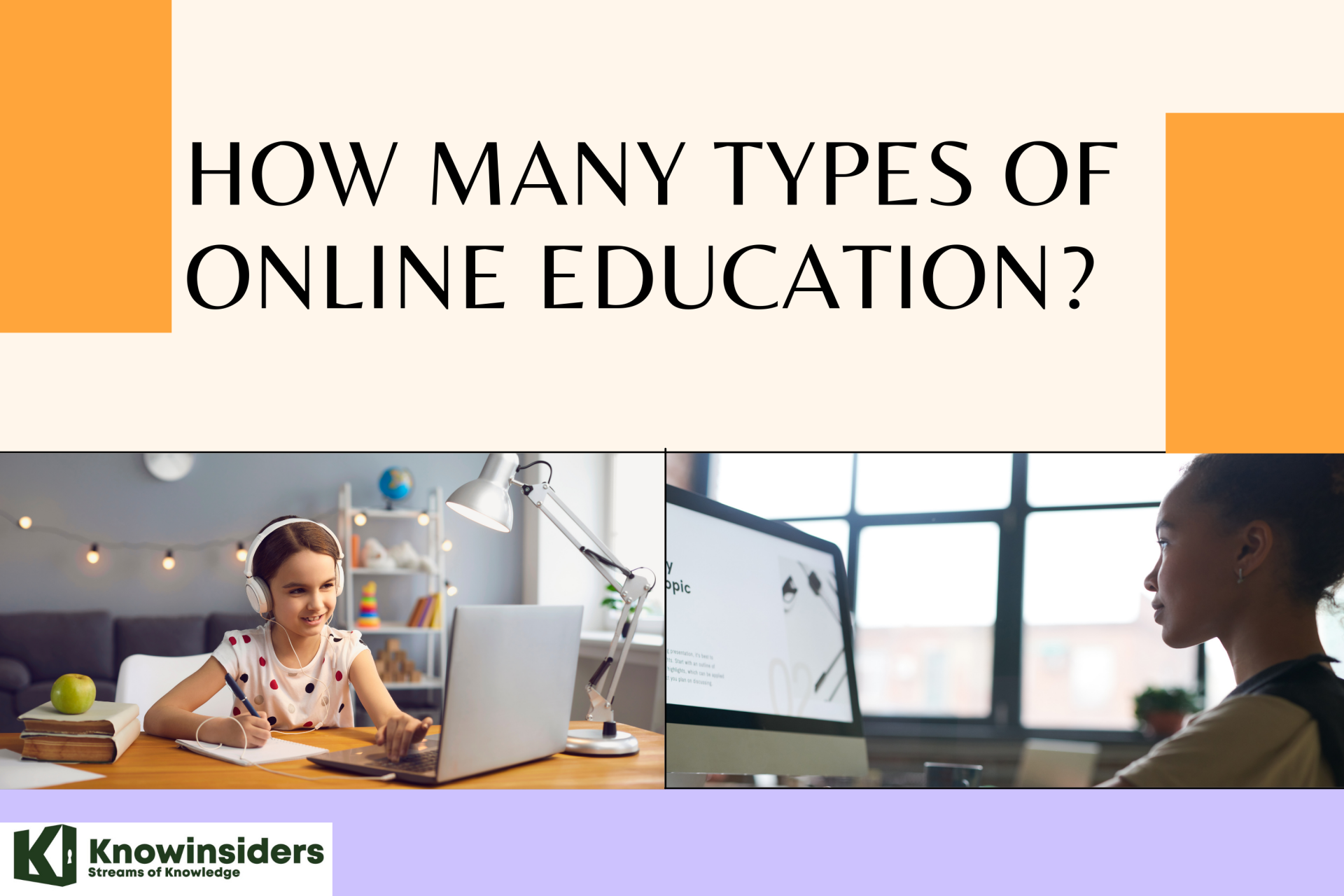 How Many Types of Online Education & Learning? How Many Types of Online Education & Learning? How many types of online education or learning are there? If you’ve been thinking about starting your online learning, keep reading this article! |

